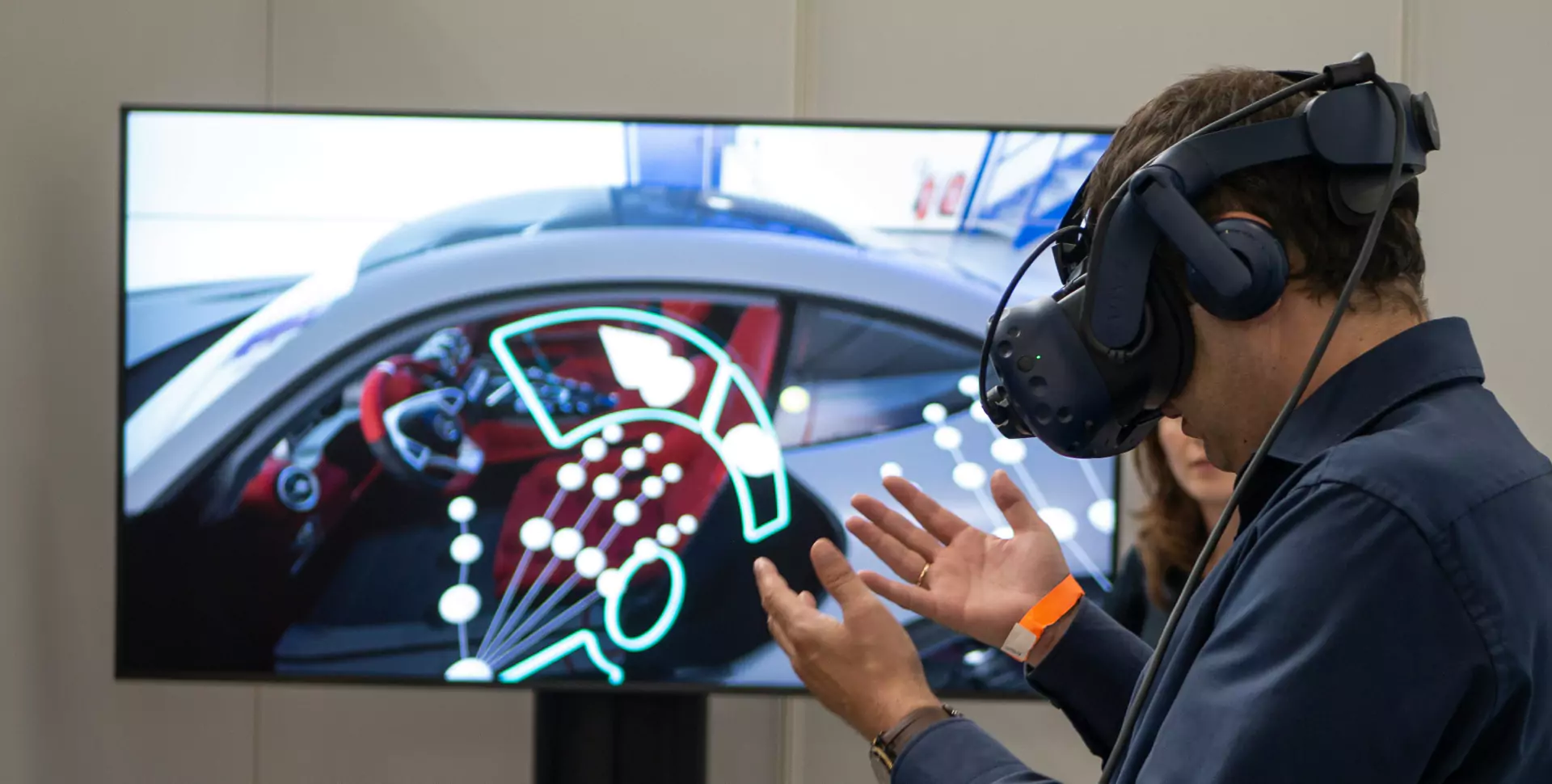Introduction
Act One immersive field trips via VR headsets brought into classrooms allow students to: Experience theater performances as if they were sitting in a seat Learn about the background, process, and inspirations of artists from Arizona See artists in their studios that would otherwise be inaccessible

